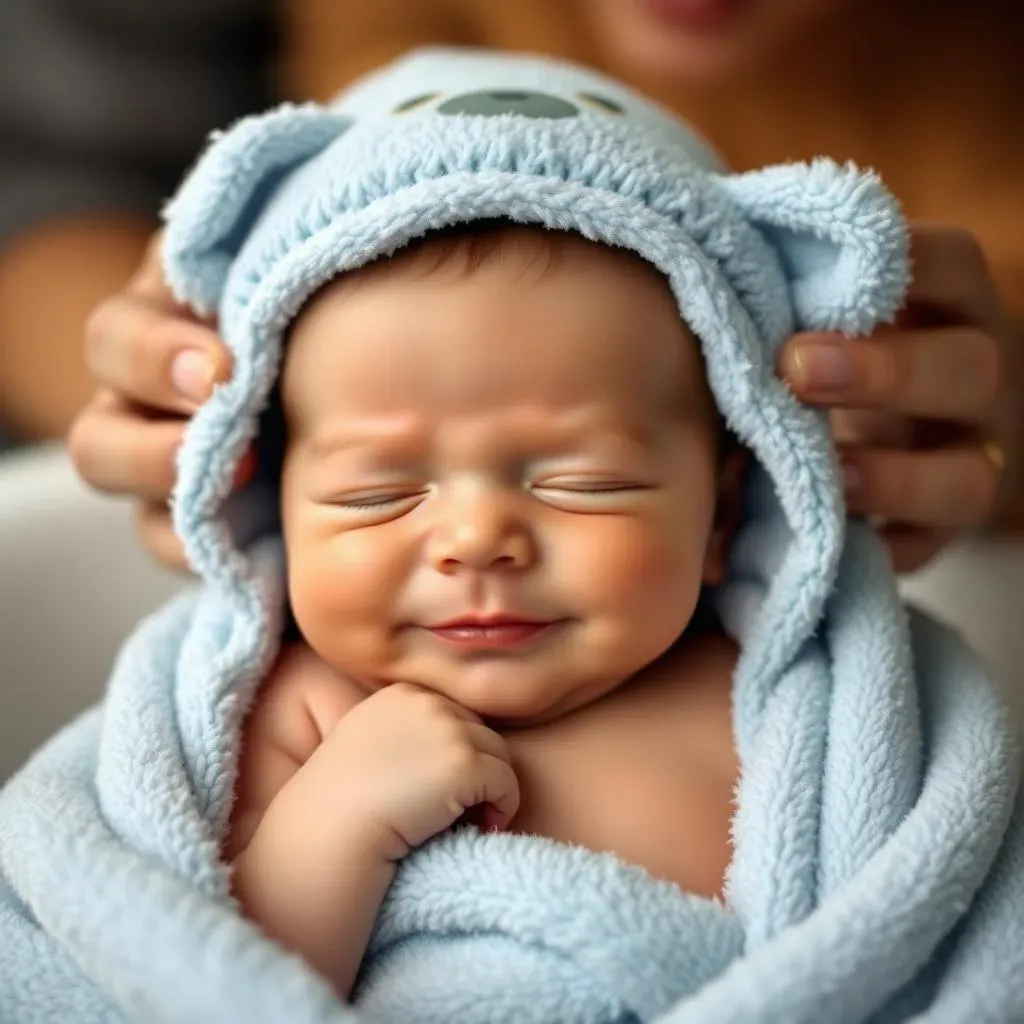Table of Contents
Bringing a new baby home is a whirlwind of excitement and a mountain of questions, one of which might be swirling around your head: Do I need hooded towels for baby? It seems like a simple question, but in the world of baby gear, even the most basic items come with choices and considerations. Are hooded towels just an adorable extra, or are they a must-have for your little one's bath time? This article dives into the world of baby towels, comparing hooded versions to regular ones, exploring the benefits (and potential drawbacks) of each, and helping you decide how many you really need. We'll look at what makes a great baby towel – from the softest materials to the perfect size – and how to keep them clean and cuddly. By the end, you’ll know exactly what kind of towels are best for your baby, making bath time a breeze for both of you.
Hooded Towels vs. Regular Towels: What's the Real Difference?
Hooded Towels vs. Regular Towels: What's the Real Difference?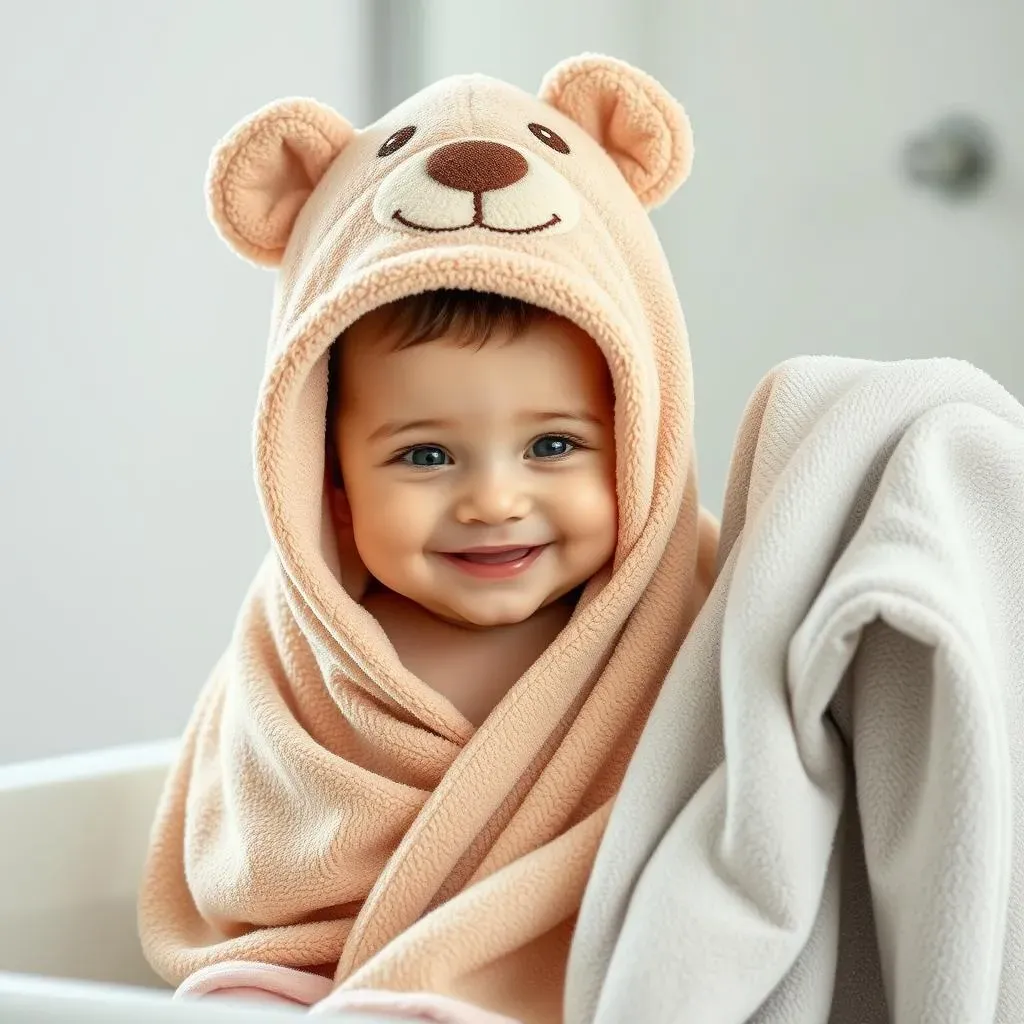
The Cozy Factor: Designed for Babies
Let's be real, the most obvious difference is that adorable hood! But it's more than just a cute addition. Hooded towels are specifically designed with infants and toddlers in mind. Their smaller size is perfect for wrapping up a little one without excess fabric getting in the way. Regular towels, on the other hand, are made for adults. Imagine trying to swaddle a newborn in a bath sheet – you'd be drowning them in terry cloth! The hood provides extra warmth and helps to quickly dry a baby's head and hair, which is crucial for keeping them comfortable after a bath.
Think of it this way: a hooded towel is like a warm hug after bath time, while a regular towel is like trying to wrap yourself in a bedsheet when you're fresh out of the shower. One is clearly more practical and comforting for a baby.
Size and Material: Gentle on Delicate Skin
Beyond the hood, material and size matter significantly. Baby hooded towels are typically made from incredibly soft, gentle materials like terry cloth cotton or bamboo. These fabrics are chosen for their absorbency and how kind they are to a baby's sensitive skin. Regular towels can sometimes be a bit rougher, especially if they've been through the wash a million times. The smaller size of a hooded towel also makes it easier to manage when you're trying to wrangle a slippery, squirming baby. You want something that's easy to handle and won't overwhelm your little one.
Consider this comparison of typical towel sizes:
Towel Type | Typical Size (inches) | Ideal For |
|---|---|---|
Baby Hooded Towel | 30x30 to 36x36 | Newborns and Infants |
Regular Bath Towel | 27x52 to 30x58 | Adults and Older Children |
Practicality and Convenience: Making Bath Time Easier
Ultimately, the choice between hooded and regular towels boils down to practicality and convenience. While a regular towel can work in a pinch, hooded towels are designed to make bath time easier and more enjoyable for both you and your baby. They provide better coverage, keep your baby warmer, and are easier to manage. Plus, let's be honest, seeing your little one waddling around in a hooded towel shaped like a bear or a duck is undeniably adorable. It's a small thing, but those little moments of joy can make all the difference in those early months.
Like my sister always says "You can use a regular towel if you want, but it's like using a butter knife to cut a steak, you can do it, but it ain't pretty."
Benefits of Baby Hooded Towels: More Than Just Cute?
Benefits of Baby Hooded Towels: More Than Just Cute?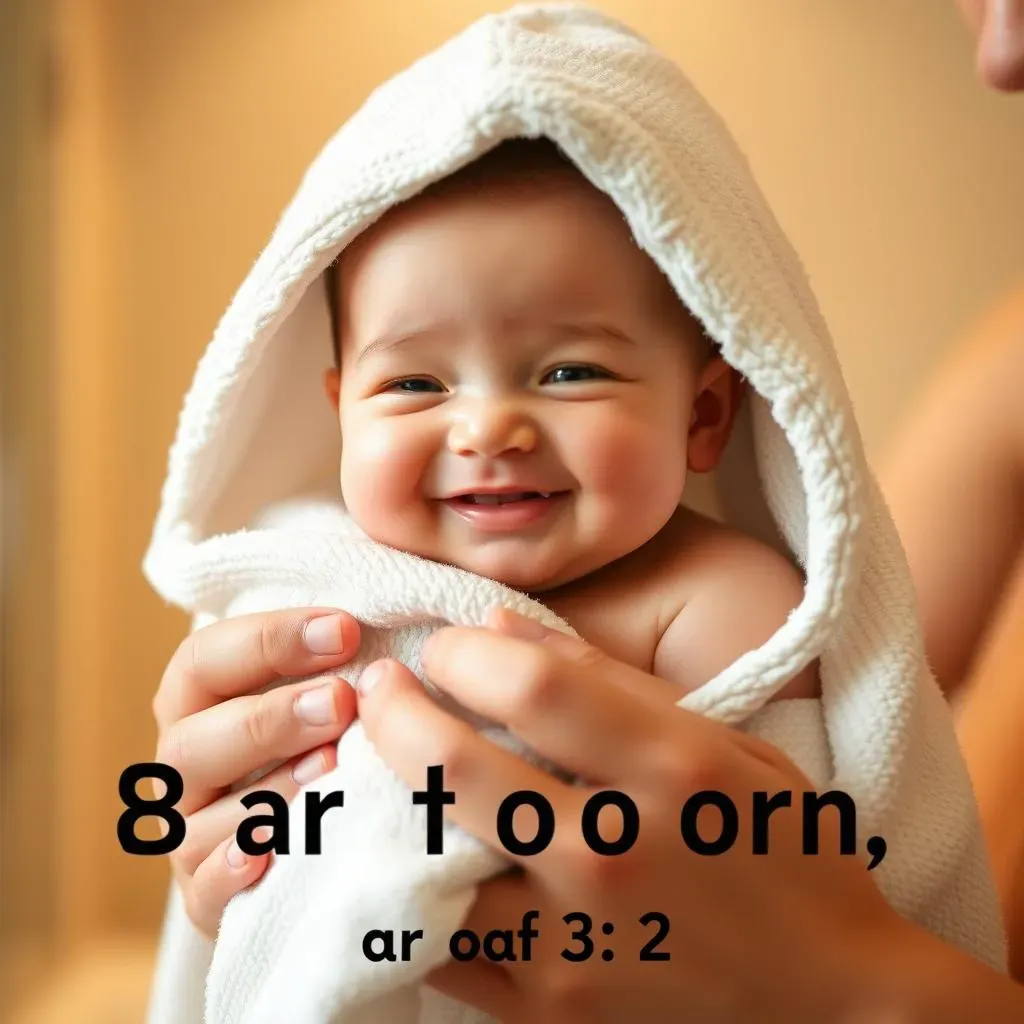
Keeping Baby Warm and Cozy
beyond the undeniable cuteness factor, baby hooded towels serve a real purpose: keeping your little one warm and snug after a bath. Babies lose heat quickly, and that sudden temperature change can be a shock to their system. A hooded towel acts like a warm hug, preventing chills and helping to regulate their body temperature. The hood is especially important for keeping their head warm, as babies lose a significant amount of heat through their heads. Wrapping them up quickly in a soft, hooded towel can make all the difference in keeping them comfortable and content after bath time.
Think about how good it feels to wrap yourself in a warm towel after a shower. Now imagine how much more important that feeling is for a tiny human who's still adjusting to the world outside the womb! It’s not just about drying them off; it’s about creating a sense of security and warmth.
More Than Just Drying: Comfort and Security
Beyond the practical benefits of warmth and dryness, hooded towels can also provide a sense of comfort and security for your baby. The act of being wrapped up snugly can be incredibly soothing, mimicking the feeling of being swaddled. This can be especially helpful if your baby tends to get fussy after baths. A soft, familiar hooded towel can become a part of their bedtime routine, signaling that it's time to wind down and relax. Plus, as they get older, many toddlers love wearing their hooded towels around the house, pretending to be superheroes or animals. It's a simple way to add a little fun and imagination to their day.
My cousin uses a hooded towel as part of her bedtime routine and she swears it helps her baby sleep better. It's all about creating positive associations with bath time and making it a calming experience.
How Many Hooded Towels Do I Need for My Baby?
How Many Hooded Towels Do I Need for My Baby?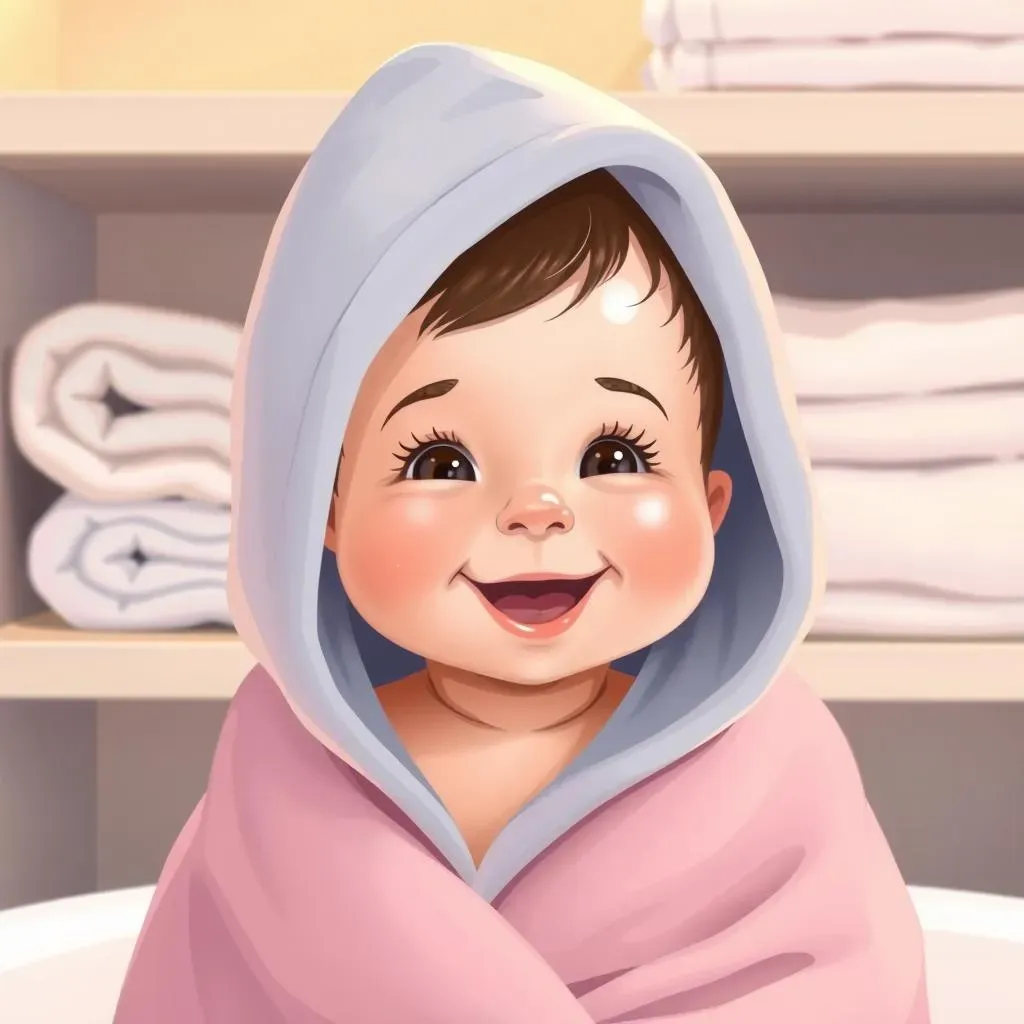
The Magic Number: Finding Your Hooded Towel Sweet Spot
so you're sold on the idea of hooded towels, but now you're wondering, how many hooded towels do I need for my baby? The answer, like with most baby-related things, depends on a few factors. A good starting point is between two to four hooded towels. This allows you to have one in use, one in the wash, and a spare for those inevitable messes. Think about how often you plan to bathe your baby. Newborns don't need a bath every day; two or three times a week is usually plenty. As they get older and start exploring (and getting messier), you might find yourself bathing them more frequently.
Also, consider your laundry schedule. If you do laundry every day, you might be able to get away with just two towels. But if you're more of a once-a-week laundry person, having a few extra on hand is a good idea. Remember, babies are masters of creating unexpected messes, so it's always better to be prepared!
Minimizing Messes and Maximizing Cleanliness
Beyond the frequency of baths, think about other uses for your hooded towels. They're not just for drying off after a bath! Hooded towels can also be used as a soft and clean surface for diaper changes on the go, a cozy blanket in the stroller, or even a makeshift bib during messy feedings. Having a few extra towels allows you to use them for these purposes without worrying about running out. Plus, let's be honest, babies are prone to spit-up, diaper explosions, and other delightful messes. Having a clean hooded towel readily available can be a lifesaver in those situations. It's all about being prepared for anything that babyhood throws your way!
As a handy guide, here’s a breakdown to help you decide:
Bathing Frequency | Laundry Schedule | Recommended Number of Hooded Towels |
|---|---|---|
2-3 times per week | Daily | 2 |
2-3 times per week | Weekly | 3-4 |
4-7 times per week | Daily | 3 |
4-7 times per week | Weekly | 4-5 |
Choosing the Best Baby Hooded Towels: Material, Size, and Care
Choosing the Best Baby Hooded Towels: Material, Size, and Care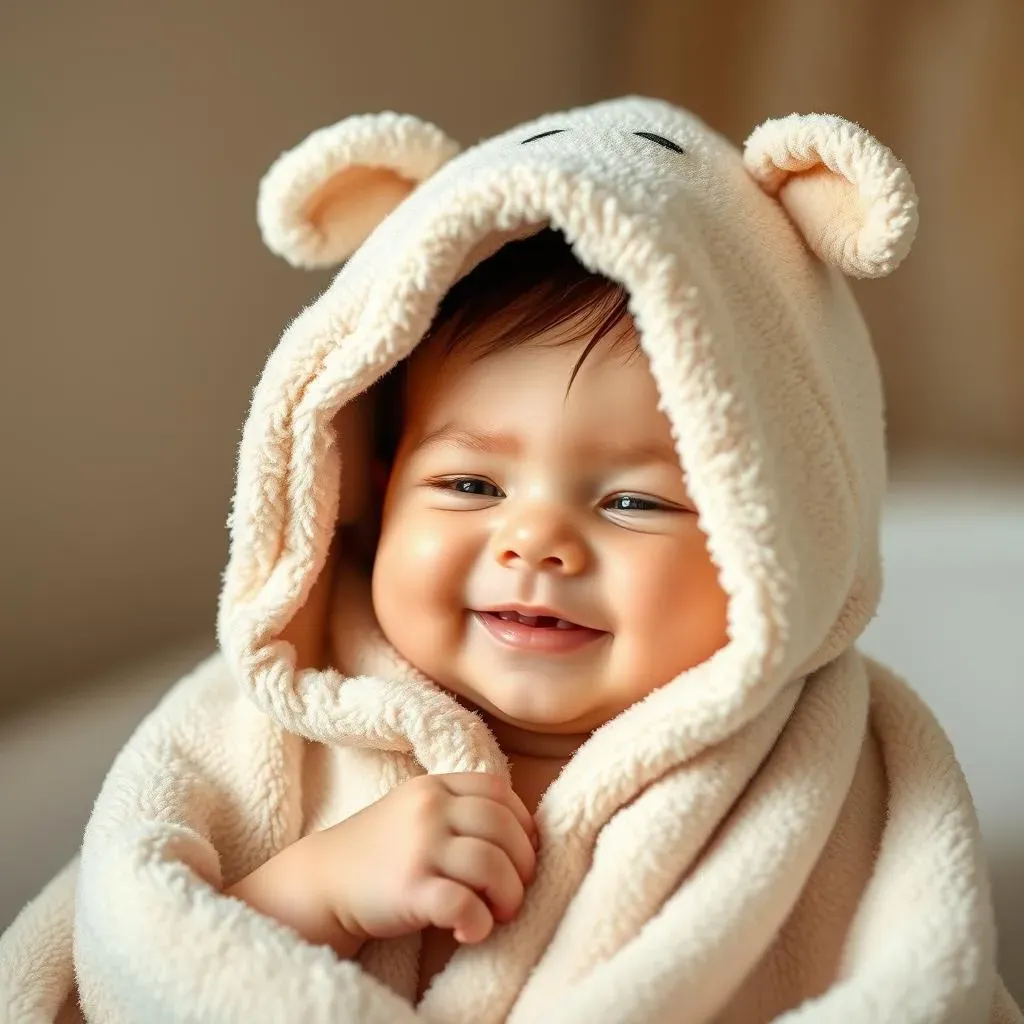
Material Matters: Softness and Absorbency
When it comes to choosing the best baby hooded towels, the material is paramount. You want something that's incredibly soft against your baby's delicate skin and highly absorbent to dry them off quickly and efficiently. Terry cloth cotton is a popular choice for a reason – it's breathable, absorbent, and gentle. However, bamboo is another excellent option, known for its exceptional softness and natural antibacterial properties. Organic cotton is also a great choice if you're looking for a more eco-friendly and hypoallergenic option. Avoid towels made from synthetic materials, as they can be irritating to sensitive skin and less absorbent.
Think of it like this: you wouldn't want to rub your own face with a rough, scratchy towel, so why would you do that to your baby? Opt for materials that feel luxurious and gentle to the touch.
Size and Shape: Finding the Perfect Fit
Size also plays a crucial role in selecting the right hooded towel. As mentioned earlier, baby hooded towels typically range from 30x30 to 36x36 inches. A smaller size is ideal for newborns, while a larger size will last longer as your baby grows into toddlerhood. Pay attention to the shape of the hood as well. A well-designed hood should be deep enough to stay on your baby's head without slipping off, but not so deep that it covers their face. Some hooded towels also come with added features like pockets or loops for easy hanging. These might seem like minor details, but they can make a big difference in terms of convenience.
Consider these factors when choosing the size and shape:
- Baby's Age: Newborns need smaller towels, while toddlers need larger ones.
- Hood Depth: Ensure the hood stays on without covering the face.
- Extra Features: Pockets or loops can add convenience.
Care and Maintenance: Keeping Towels Soft and Clean
Once you've found the perfect hooded towels, it's important to take good care of them to keep them soft, absorbent, and clean. Always wash new towels before using them to remove any potential irritants or manufacturing residues. Use a mild, fragrance-free detergent specifically designed for babies' sensitive skin. Avoid using fabric softeners, as they can reduce absorbency and irritate the skin. Tumble dry on low heat or hang to dry. Avoid using high heat, as it can damage the fibers and make the towels feel rough. With proper care, your baby's hooded towels will stay soft and cuddly for years to come.
My mom always told me, "Treat your towels like you treat your skin." That means gentle washing, no harsh chemicals, and a little bit of love!
The Final Wrap: Hooded or Not, Happy Baby Bath Times Await
So, do you *need* hooded towels for your baby? Maybe not in the strictest sense. A regular soft towel can certainly do the job. However, the added warmth, snug security, and undeniable cuteness of a hooded towel make it a worthwhile addition to your baby care arsenal for many parents. Ultimately, the best choice depends on your personal preferences, budget, and how much you value those post-bath cuddles. Whichever towel you choose, prioritize soft, gentle materials and a size that's easy to manage. With the right towel in hand, bath time can be a joyful and bonding experience for you and your little one.
